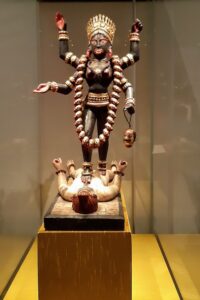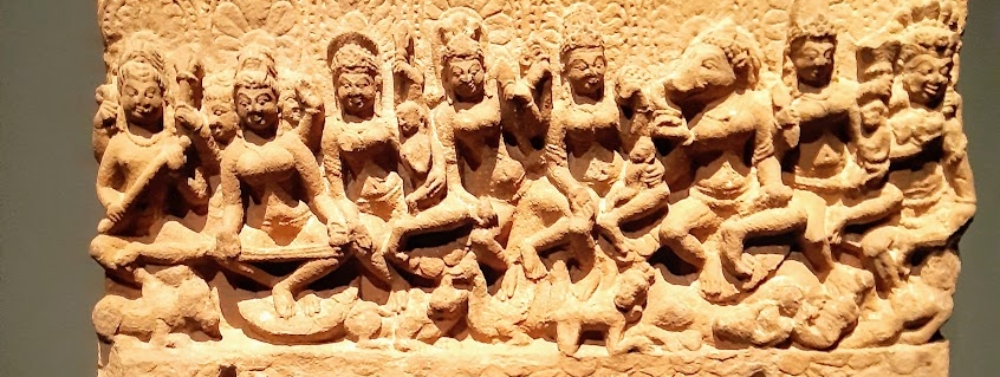Kali Magic by Mike Magee
ISBN 9781916236622
A Gateway to Kali’s Mysteries
Reading Kali Magic by Mike Magee felt like stepping into an entirely new dimension of spirituality. The book presents Kali’s mysteries and Tantric practices in a way that feels both reverent and refreshingly authentic, especially considering how easily this subject can be misunderstood or misrepresented in Western contexts. Magee’s approach to Kali—rooted in decades of dedication and deep respect for the original Tantric texts—brings to life practices that feel genuinely connected to their ancient roots.
Structure and Sacred Texts: A Path to Practice
Magee organises the book into two primary sections: “Sadhana,” which teaches practical ritual work, and “Tantras,” where he offers rare translations of some powerful Tantric texts, like the Yoni Tantra. I found the sections on mantras and yantras especially engaging because they go beyond intellectual analysis and encourage direct, respectful engagement with these practices. The detailed rituals and beautifully illustrated yantras by Jan Bailey add a layer of mysticism that makes the reader feel like they’re part of something incredibly sacred.
This isn’t a simple, entry-level book; it’s clear that Kali Magic demands commitment and focus. But that’s also what makes it feel so rewarding. As I read, I appreciated how Magee avoided the “consumerist appropriation” that often accompanies texts on these topics. His work invites readers into a space where they can explore Kali’s fierce yet nurturing aspects without diluting her power. For anyone interested in Tantric practice or Hindu spirituality Magee’s book stands out as both a powerful spiritual guide and a scholarly work.
Exploring Kali’s Dual Nature: Embracing Destruction and Renewal
Adding to the richness of Kali Magic is how Magee’s translations highlight Kali’s complex dual nature—both fierce and compassionate. His exploration of the goddess’s symbolism, particularly through her association with destruction and renewal, is profound and nuanced. Magee doesn’t shy away from Kali’s darker aspects, including practices that may seem intense or unsettling to a Western audience, such as blood offerings and ritual intoxication. However, he presents these elements with cultural sensitivity, allowing readers to appreciate their symbolic meanings rather than judge them through a modern or Western lens. This approach makes the book a valuable resource for anyone hoping to understand the depth and diversity within Tantric traditions.

Goddess Kali, British Museum.
Magee’s commitment to authenticity also means that Kali Magic is more than just a guidebook—it’s an invitation to a lifelong spiritual journey. The book not only encourages readers to explore these practices but also emphasises the importance of respecting and fully engaging with them. His inclusion of practical exercises and meditative techniques offers readers a way to incorporate these rituals into their own spiritual lives thoughtfully and meaningfully. Overall, Kali Magic is a rare and illuminating read that bridges scholarly rigour with deep spiritual insight, making it an essential addition to the library of any serious seeker or practitioner interested in the mystic path of Kali and Tantric philosophy.
Whether you’re a seasoned practitioner or new to Kali worship, Kali Magic offers something rare and meaningful. It’s not just a book; it’s an experience and one that can deeply influence your spiritual journey.

